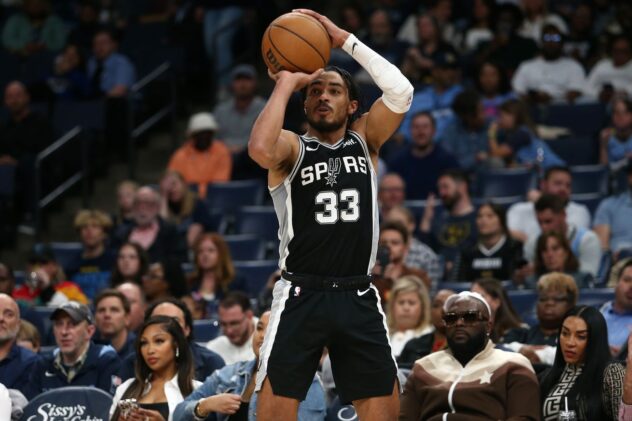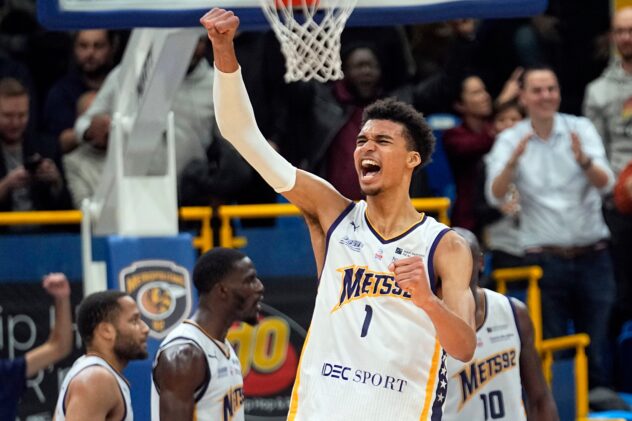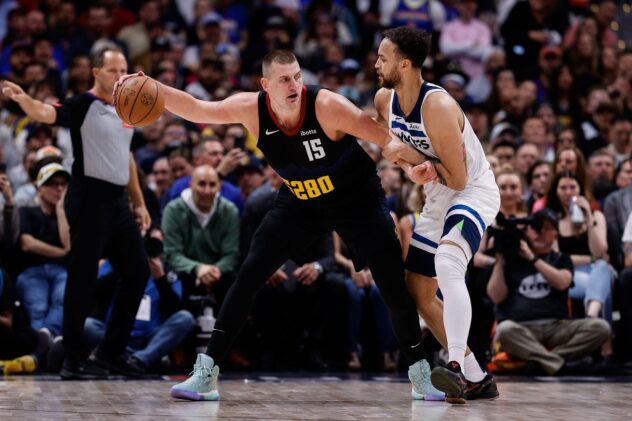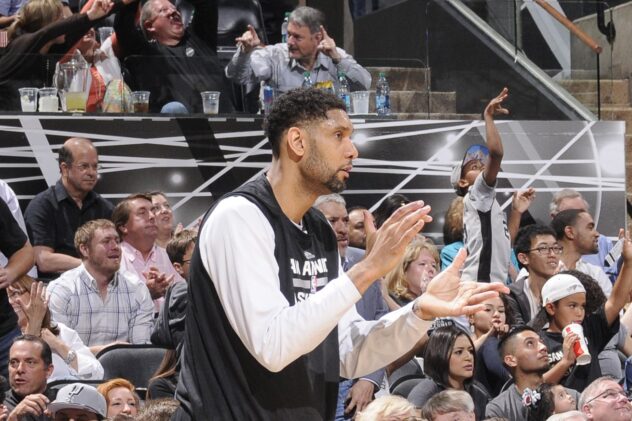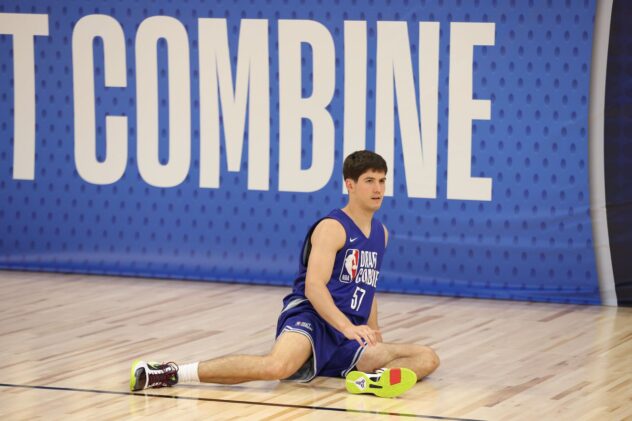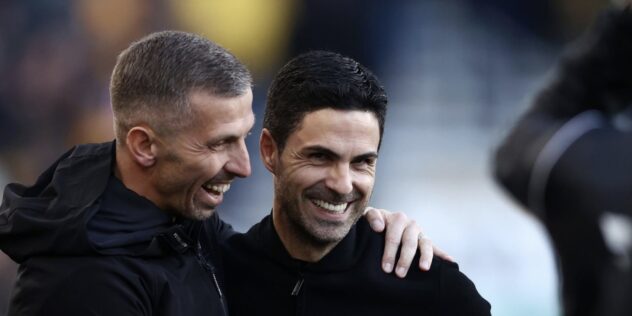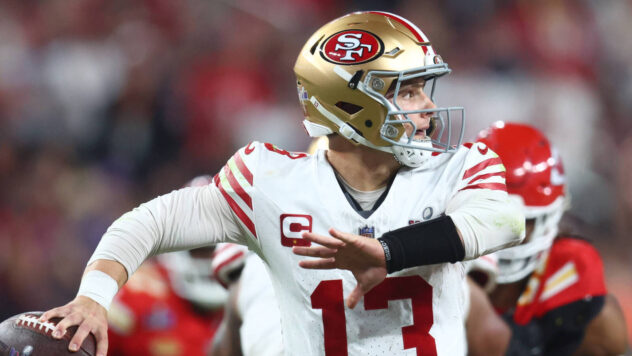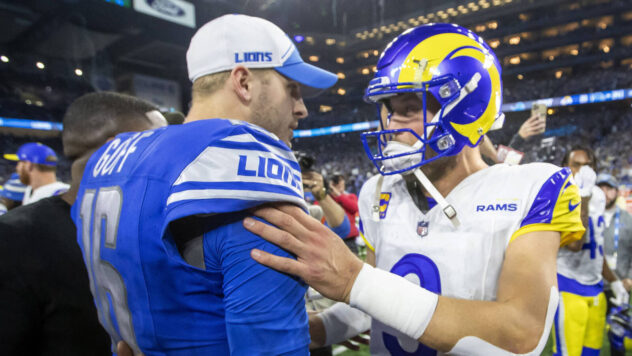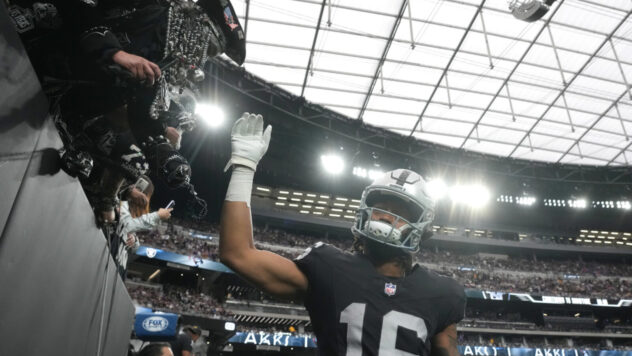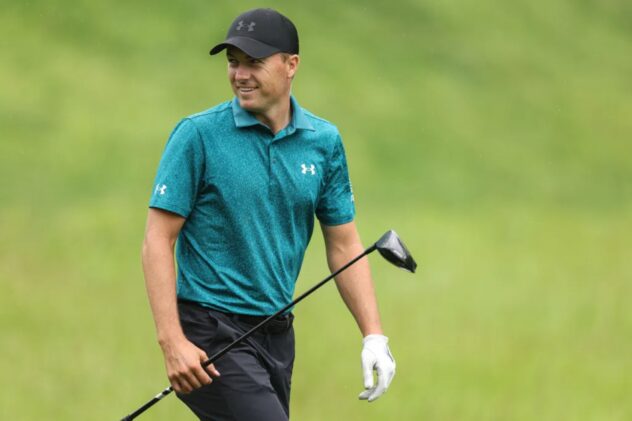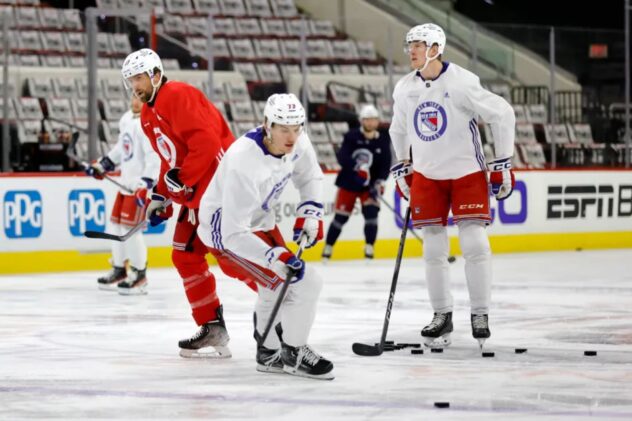What the data says about Jeremy Sochan vs. Tre Jones at point guard
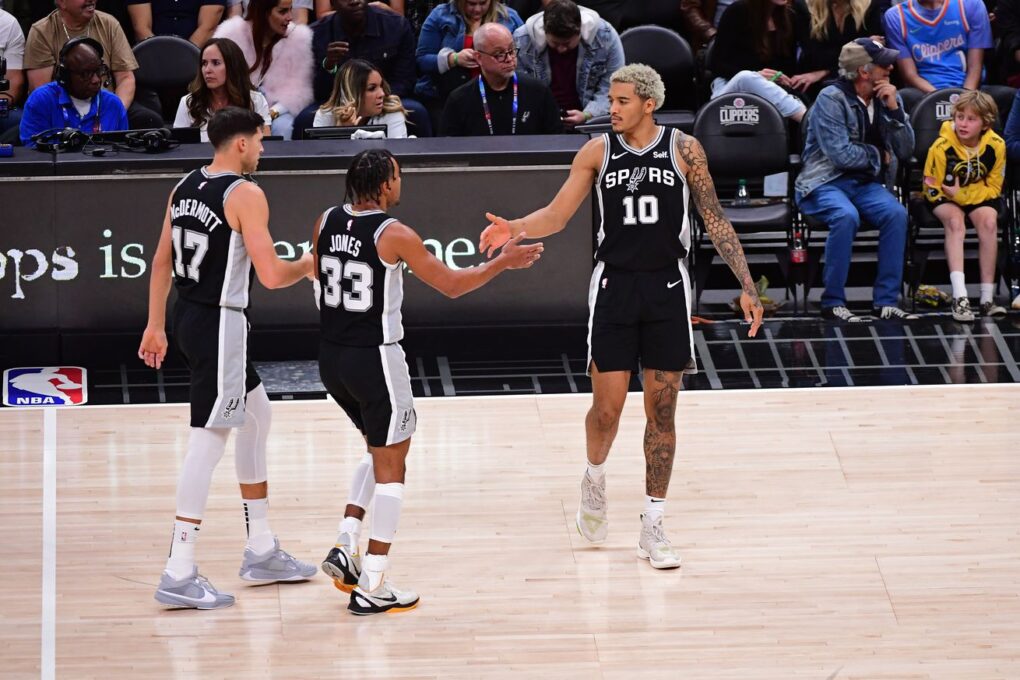
Plus some more interesting trends to follow.
Following a staggering loss to Indiana that allowed 152 points, this week I wanted to dive into some of the lineups Gregg Popovich has been using. The most controversial one yet has been starting Jeremy Sochan at point guard instead of Tre Jones. Jones proved he was a phenomenal playmaker last year, and his hard work as the floor general came to fruition with a new 2-year, $20 million deal. He has a knack for how to play the pick-and-roll and can easily find shooters. However, his biggest weakness coming into this season was his size on defense. In an age of basketball with more oversized guards and defenses using screens to force a mismatch, Jones on an island against the league’s top scorers just didn’t seem optimal.
Enter stage, Jeremy Sochan, the lottery pick from 2022 who at 6’8”, 240 pounds was a defensive menace in college. Alongside Keldon Johnson, another wing who is known for his aggressive presence, as well as Victor Wembanyama and Zach Collins as rim protectors, the idea was that Sochan paired with Devin Vassell could do a better job at guarding opposing backcourts. However, fans have been quick to retract their hype for this lineup due to the lack of offensive finesse Sochan has had at the point guard position so far.
Below is a graph showcasing the Spurs’ players efficiency when they are labeled as the ball handler in the pick-and-roll. In order to be eligible for the dataset, they needed to have played at least 10 minutes this season and have had 10 possessions in this situation. The scatterplot shows the number of possessions per game where they were the PR ball handler and the points generated per possession. I have also included guiding percentile lines for each dimension, with red being the 20th, blue is 50th, and green is 80th.
/cdn.vox-cdn.com/uploads/chorus_asset/file/25067879/PR_Handler.png)
While Vassell has the most possessions as the PR ballhandler per game, he also just generally has more touches. Jones would lead if we were to measure by the percentage of their touches where they were the PR ballhandler at 41.5%, while Vassell would be at 32.9%, Sochan 27.7%, Johnson 25.9%, and Malaki Branham at 25.4%.
I would argue that the reason Jones’ points per possessions is below average is because he is frequently tasked with leading the bench. Branham often gets subbed in for one of the starters, which allows him to still get possessions in with the rest of the A team. As we gain more data, we will be able to break down exactly which PR duos are the most effective and determine the differences in caliber of PR partners.
Branham’s high points per possession is validated by the fact that he, along with the big setting the pick, score on 50% of possessions in which he has the ball. The discrepancy between Jones and Sochan isn’t as immense as we would have predicted but nevertheless significant, with Jones and his partner scoring on 33.3% while Sochan sits at 21.7%.
Another glaring difference is the turnover rate. Branham again leads the category with just a 6.3% turnover rate. Johnson settles at 10.3%, Vassell and Jones have a rate of 11.1%, and Sochan is at a staggering 17.4%.
While investigating the guards, I also had access to the roll man data set which needed to meet the same standard of playing 10 minutes this season while also having 10 possessions in this situation. Below are the same metrics displayed for the two Spurs who met these criteria.
/cdn.vox-cdn.com/uploads/chorus_asset/file/25067882/PR_Roll_Man.png)
By no means is Wemby a traditional off-ball big man like the Clint Capelas or Ivica Zubacs of the league, but we have seen instances where it seems like anyone in silver and black and can just chuck the ball in the general vicinity of the basket, and Wemby is there for the alley-oop. He is the roll man on just 7% of his touches, he and his partners score on 60% of these situations and have had no turnovers so far. I know, I know, he has a maxed-out Kevin Durant build with a pretty pull-up jumper, but Pop may want to utilize him just slightly more as a traditional big given his efficiency.
Collins has filled the center role sufficiently and acts as the roll man on 29.2% of his possessions while on the court. He scores decently well, about 48% of the time, but he has trouble drawing fouls (on just 6.7% of plays).
The last feature to research was our first peek at lineup data. I filtered the lineups by those who have played at least three games together (the entire initial set was through the Pacers game on Monday). The axes presented are their offensive and defensive ratings. These are essentially points scored versus allowed while on the court per 100 possessions. “Per 100 possessions” is the better denominator to use rather than “per game” due to teams playing with varying styles and paces. I included guiding percentile lines again following the same color rules as above. Lastly, the size of the data point is correlated to the total number of minutes this lineup has played together during the season. This helps visually separate some of the noise from statistical anomalies.
/cdn.vox-cdn.com/uploads/chorus_asset/file/25067885/Net_Rating_by_Lineup.png)
The most played lineup so far this season is, of course, the starters (48 minutes total together): Collins, Johnson, Vassell, Sochan, and Wemby and they possess a barely above-average defensive rating while falling to approximately the 15th percentile in offensive production. The second most used (24 minutes) subs in Branham for Vassell and essentially flips where they rank in offensive and defensive efficiency.
Some other notable lineups were Cedi Osman, Collins, Johnson, Jones, and Branham leading with the best offensive rating at 150, but that was just off of 9 minutes of playing time together. Another deeper bench player making an appearance is Charles Bassey who along with Osman, Jones, Branham, and Wemby have the best defensive rating so far at 80 points allowed per 100 possessions, but this combination has also played just 9 minutes together.
Circling back to Sochan versus Jones, if we take the starting lineup and make that direct switch, Jones and the starters have the second-best defensive rating (off of 16 minutes, the third-most used lineup). They also rank significantly higher in offensive production as aided by the evidence gathered on just the pick-and-roll data. I would love to see Sochan develop into a more reliable guard and see where that big-man squad can take the team. As for now, Jones not only provides the extra dimension needed on offense, but the defensive rating also indicates that the same surrounding cast does better with Tre on the court over Sochan. Sochan certainly has the skill set to eventually catch up, but patience will be required while he learns. He showed an ability to quickly learn and improve during his rookie season, so why not again?

